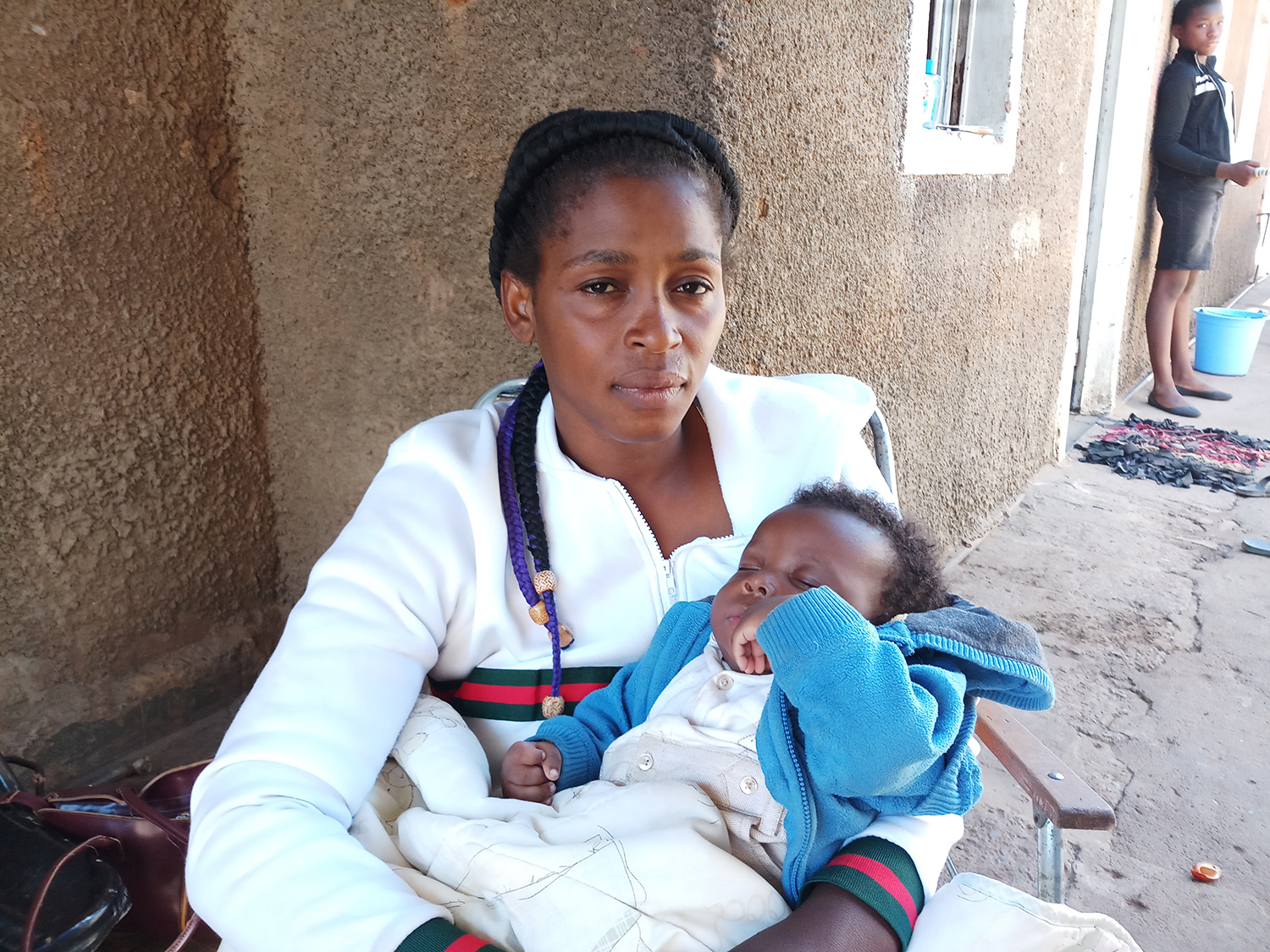Health and Nutrition
Our Goal:
We want all children in the Democratic Republic of Congo (DRC) to enjoy good health. We are working towards this by:
- Increasing the number of children (0-5) who are protected from disease.
- Increasing the number of children (0-5) who are well nourished.
What is the problem?
The Democratic Republic of Congo is among the hardest places to live for children under five and women of reproductive ages. High infant and maternity mortality rates illustrate the challenge families face every day including:
- Limited access to quality health services
- Low incomes and poor social status for women
- Lack of access to clean drinking water. Less than half of households (only 49%) are able to get their water from improved water sources
- Lack of improved sanitation infrastructure and awareness as evidenced by the fact that 67% of families are using unimproved toilets
All of these issues contribute to higher a significant number of children under 5 years-old dying from preventable causes, such as malaria, diarrhea and malnutrition among others.
How is World Vision addressing the issues?
- We are working with our partners to ensure children and their families have access to safe drinking water in their communities and when they are at school.
- We are improving sanitation practices by educating children and communities about proper sanitation processes as well as installing low-cost infrastructure pieces, such as hand washing stations and latrines.
- We are partnering with communities and health centers to increase families' awareness and ensure families have access to resources to address malnutrition and other preventable illnesses locally.
Is what World Vision doing working?
Yes! We are seeing children who were struggling with malnutrition being rehabilitated; higher levels of essential vaccination coverage for children under 5; more children protected from malaria by sleeping under approved bednets and children enjoying better health as a result of increased access to clean drinking water and improved hygiene and sanitation infrastructure and practices.
What’s the impact?*
- 5,830 children who participated in community-level programmes to address malnutrition recovered.
- 4,387 community health workers/volunteers were trained and are now able to provide health serves at a household level.
- 430 community health workers and 86 nurses were trained in the prevention and treatment of malnutrition**
- 6,850 children between the ages of 6-59 months were treated for moderate acute malnutrition
- 12,412 children between 6-23 months received Plumpy Sap (a nutritional product) to prevent acute malnutrition.
- 1,045 malnourished pregnant and lactating mothers have also received premixed flour and oil
- 475 HIV positive people have also received support
- 198,049 children under1 have received appropriate vaccinations (as a result of increased access to health services and party as a result of materials support to health centers)
- 36% more children are protected from Malaria because they are sleeping under bednets
- 34 boreholes were drilled, 21 water points rehabilitated and 116 water taps developed providing access to clean water to 108,266 people
*Unless otherwise noted, numbers are from 2016 and 2017
**As part of the Kasis Emergency response
Related Resources:
- See how access to clean water is helping improve the health condition of families in the Democratic Republic of Congo.
- See how one grandma was able to help her grandchild recover from malnutrition after learning to prepare locally available resources.
